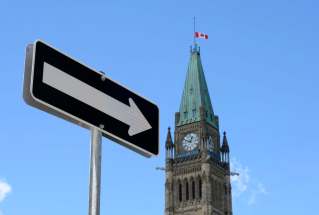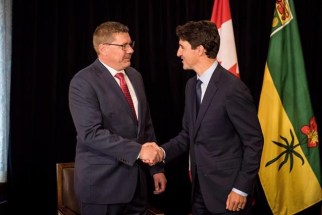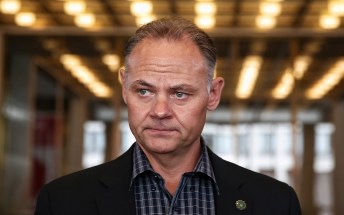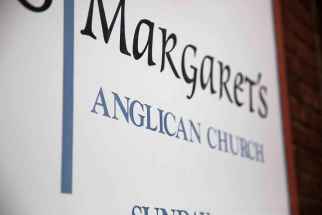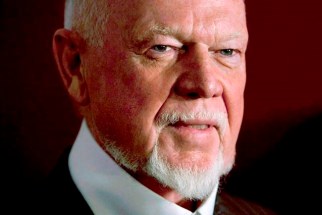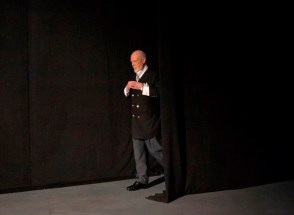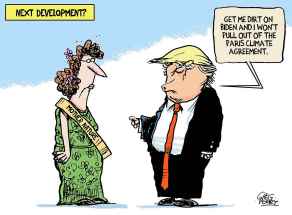One for all and… most for one? There, but for the grace of natural resources, go they; Alberta, Saskatchewan demand equalization overhaul
Read this article for free:
or
Already have an account? Log in here »
To continue reading, please subscribe:
Monthly Digital Subscription
$19 $0 for the first 4 weeks*
- Enjoy unlimited reading on winnipegfreepress.com
- Read the E-Edition, our digital replica newspaper
- Access News Break, our award-winning app
- Play interactive puzzles
*No charge for 4 weeks then billed as $19 every four weeks (new subscribers and qualified returning subscribers only). Cancel anytime.
Read unlimited articles for free today:
or
Already have an account? Log in here »
Hey there, time traveller!
This article was published 11/11/2019 (1617 days ago), so information in it may no longer be current.
The thing about the federal government’s equalization program is, you never know when you might need it. Even one-time recipients, such as Saskatchewan and Alberta — whose discontent with the program has been amplified in recent months — may have to rely on it again one day to pay the bills.
Ottawa’s $19.8-billion equalization program is back in the spotlight, as it seems to be every few years. There’s always one unhappy province or another that insists it’s getting the short end of the fiscal stick when it comes to who gets what, when and how much from the program.
This time it’s Alberta and Saskatchewan, neither of which receive the payment. They’re demanding the federal Liberals overhaul the program by eliminating the “inequities in the system.”
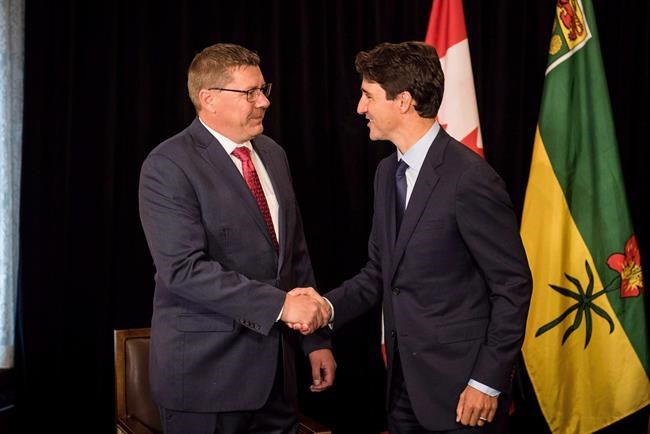
Saskatchewan Premier Scott Moe has proposed changing it to a 50-50 formula, where half the equalization pie is distributed on a per capita basis. Alberta Premier Jason Kenney has threatened to hold a referendum to “opt out” of the program entirely if Ottawa doesn’t find a way to get his province’s oil to market.
Moe’s demand would defeat the whole purpose of the program. Kenney’s is nonsensical. Provinces neither pay into equalization nor control it. It’s a federal program, the terms of which are determined entirely by Ottawa.
Equalization, which has been around in one form or another since 1957, was designed to ensure less-prosperous provinces can provide reasonably comparable levels of service at average tax rates. The formula for determining that is complex and has evolved over time. The last major overhaul was in 2009 under former prime minister Stephen Harper’s government, of which Kenney was a cabinet minister.
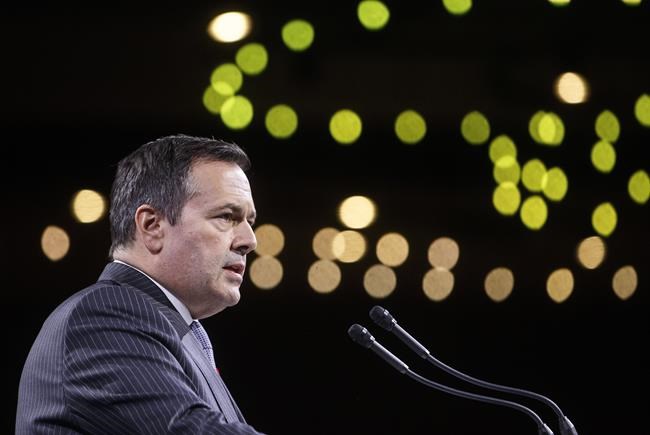
The federal government calculates what each province could generate in per capita revenue if they all had the same tax rates. In addition to including 50 per cent of natural resources revenue, provinces with potential revenues that fall below the average are eligible for equalization payments. There are caps and other features that further determine payment levels. But that’s the gist of it. It’s designed to measure a province’s fiscal capacity.
Moe’s demand would defeat the whole purpose of the program. Kenney’s is nonsensical. Provinces neither pay into equalization nor control it.
A province’s actual tax rates, or whether it runs deficits, are irrelevant.
Alberta and Saskatchewan object to the formula because they don’t benefit from it. But like all provinces, there was a time they did.
Saskatchewan received equalization payments every year except one from 1957 to 1980. After a five-year hiatus, the province began collecting again in 1986 and did so every year but one until 2007.
Alberta collected from 1957 to 1964. British Columbia was also a recipient for the first five years of the program. It was largely a tax point transfer back then. Nevertheless, both provinces have relied on it to pay the bills at some point.
Even Ontario, which has complained in the past about equalization, has drawn from it. Until 2009, Canada’s largest province was the only one that had never received a payment. But that changed after the auto-sector crash and the economic downturn of 2008-09. Ontario received more than $19 billion in equalization from 2009-10 to 2018-19.
Alberta and Saskatchewan object to the formula because they don’t benefit from it. But like all provinces, there was a time they did.
Newfoundland and Labrador, now a “have” province, was an equalization recipient for decades before its Hibernia offshore oil field went online in 1997. Prior to that it relied on billions in equalization to keep the lights on. Even after Hibernia began producing oil, Ottawa agreed to provide the province with supplemental payments for years to help government transition off the program.
Alberta and Saskatchewan won’t be drawing from equalization any time soon. That’s because, despite their current economic hardships, they’re still the two richest provinces in Canada. Alberta’s per capita GDP in 2017 was $79,353, the highest among the provinces. Saskatchewan’s was second at $74,329. The Canadian average was $55,124. (Quebec’s was $46,175).
Equalization is there for any province that needs it, which is why it’s constitutionally protected. It’s an insurance policy that has helped elevate the standard of living in all parts of the country at various times. It’s one of the benefits of living in Canada.
Some provinces, including Alberta and Saskatchewan, may not need it in the foreseeable future. But they may one day.
tom.brodbeck@freepress.mb.ca

Tom Brodbeck
Columnist
Tom has been covering Manitoba politics since the early 1990s and joined the Winnipeg Free Press news team in 2019.


